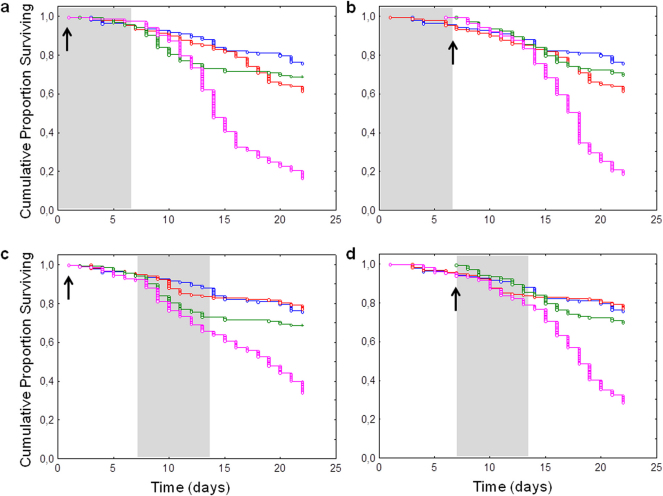Figure 1. Effect of N. ceranae-fipronil combinations on honeybee survival.
Data give the cumulative proportion of surviving honeybees exposed to no treatment ( ), to N. ceranae (
), to N. ceranae ( ) or fipronil (
) or fipronil ( ) alone, or to a N. ceranae-fipronil combination (
) alone, or to a N. ceranae-fipronil combination ( ). Different sequential combinations of N. ceranae infection (arrows) and 7-day-long chronic exposure to fipronil (grey boxes) were performed: (a) both treatments were applied on emerging honeybees, (b) bees were chronically exposed to fipronil on week 1 then infected by N.
ceranae, (c) bees were infected at their emergence then chronically exposed to fipronil on week 2, (d) both treatments were applied on 7-day-old bees. Data from three replicates of 50 honeybees were analyzed with the Kaplan-Meier method.
). Different sequential combinations of N. ceranae infection (arrows) and 7-day-long chronic exposure to fipronil (grey boxes) were performed: (a) both treatments were applied on emerging honeybees, (b) bees were chronically exposed to fipronil on week 1 then infected by N.
ceranae, (c) bees were infected at their emergence then chronically exposed to fipronil on week 2, (d) both treatments were applied on 7-day-old bees. Data from three replicates of 50 honeybees were analyzed with the Kaplan-Meier method.

